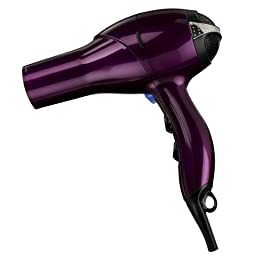Mezzanine Rob
Established Member
The warning from "croppy boy" recently went unnoticed by me due to an attempt to stay away from the computer over Christmas thus avoiding being told off by the family.
Took all my lovely new Christmas gifts down to the workshop today to find everything literally dripping with water. I opened my tool cupboards to find even inside these all the hand tools also covered. I thought I had done enough by oiling all the tools and tables but it doesn't seem to have prevented the entire workshop being turned into a "wet room".
I have set up a dehunidifire running in there at the moment to try to suck up the worst of the wetness.
I know I am going to have to strip everything down and clean, wax and oil.
Is there anything I should do for the electric motors on the machines as condensation seems to be dripping out of the insides as well as down the outsides of the casings?
I never dreamed condensation could be this bad
By the way, I hope all forum users had a wonderful Christmas
Took all my lovely new Christmas gifts down to the workshop today to find everything literally dripping with water. I opened my tool cupboards to find even inside these all the hand tools also covered. I thought I had done enough by oiling all the tools and tables but it doesn't seem to have prevented the entire workshop being turned into a "wet room".
I have set up a dehunidifire running in there at the moment to try to suck up the worst of the wetness.
I know I am going to have to strip everything down and clean, wax and oil.
Is there anything I should do for the electric motors on the machines as condensation seems to be dripping out of the insides as well as down the outsides of the casings?
I never dreamed condensation could be this bad
By the way, I hope all forum users had a wonderful Christmas

































